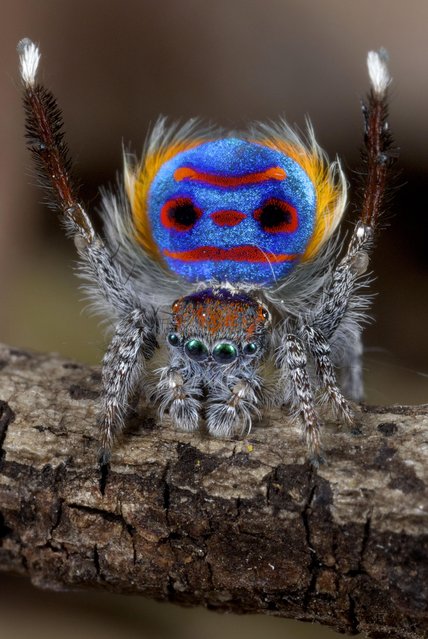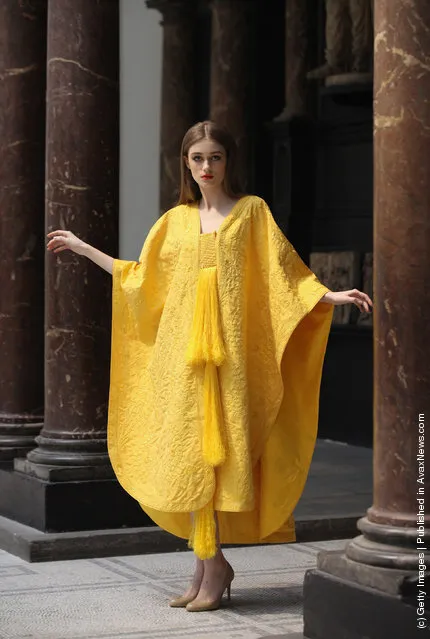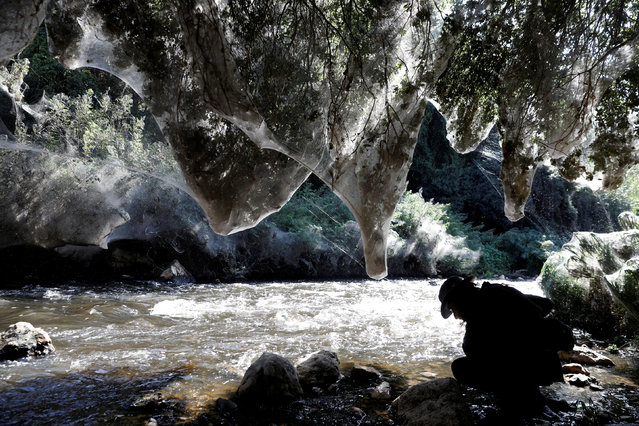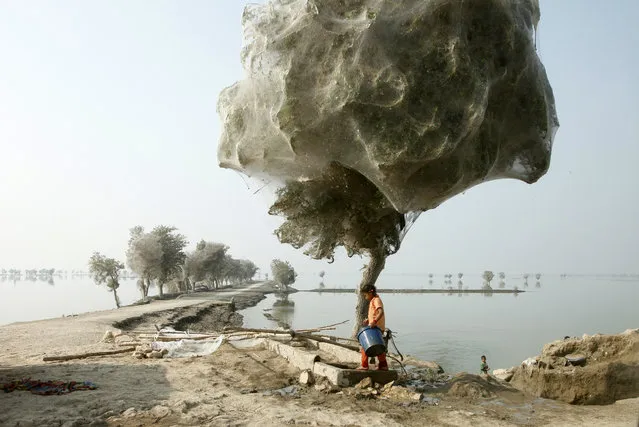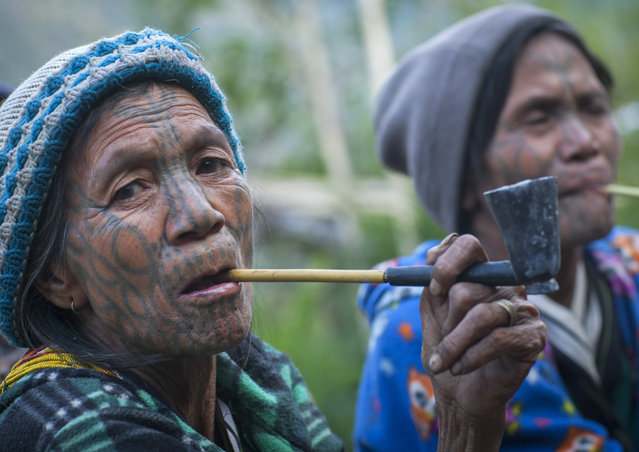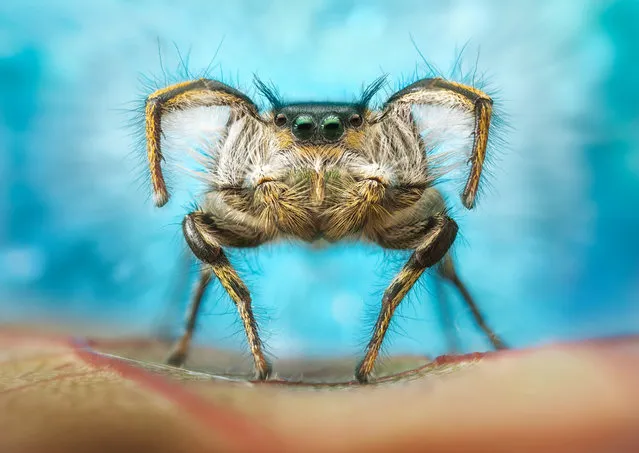
A person stands near the “Untitled” installation of miniature elevators by Maurizio Cattelan at a preview of the Postwar and Contemporary Art Evening Sale at Christie's auction house on November 4, 2011 in New York City. The 33-inch functioning elevator installation is expected to realize $400,000-$600,000 at the November 8 auction. (Photo by Mario Tama/Getty Images)
05 Nov 2011 12:39:00,post received
0 comments

